Quick Guide
Important Details: Location and Timings
- Location: On road Ghatampur to bhitargaon, Behta Bujurg, Uttar Pradesh 209209
- Timings: 6:00 A.M. – 7:00 P.M.
- Best season to visit: Winters
- Best Months to visit: September to February
https://kanpurnagar.nic.in/tourist-place/jagannath-mandir-behta/
Welcome to our blog, where we embark on a journey to explore the captivating tales and hidden gems of India’s rich cultural heritage. Today, our destination is the enchanting Behta Bujurg Temple, beckoning us with its timeless charm and spiritual significance.
Have you ever come across a temple that claims to predict the weather? In the quiet village of Behata, nestled in the Kanpur region of India, stands the enigmatic Behta Bujurg Temple, also known as the Monsoon Temple of Jagannath. This ancient temple has garnered attention not only for its religious significance but also for its remarkable ability to forecast the arrival of monsoon rains. Join us on a journey to discover the mysteries and legends that surround this captivating temple.
Exploring the Enigmatic Behta Bujurg Temple of Jagannath in Behata

The Behta Bujurg Temple is a hidden gem, tucked away in the serene countryside. As you approach the temple, its towering structure becomes visible, seemingly larger on the outside than its actual size within. The exterior walls, adorned with a peacock and a wheel symbol, give the temple a unique and mystical aura. But it is the temple’s weather-predicting abilities that have captured the fascination of locals and visitors alike.
Welcome to the mystical realm of the Monsoon Temple of Jagannath in Behata, a hidden gem nestled in the heart of India. This ancient temple has captured the imagination of locals and travelers alike with its fascinating weather-predicting abilities and intriguing historical origins. Join us as we unravel the captivating tale of this enigmatic temple, uncover its unique architectural features, and explore its cultural significance.
Unveiling the Secrets of the Monsoon Temple
Legend has it that the Monsoon Temple of Jagannath possesses the extraordinary power to predict the arrival of the monsoon rains. The temple’s intriguing ability to forecast the weather has been revered by the local community for centuries. As we step into the Garb-Griha, the air is filled with anticipation and curiosity.
Behta Bujurg: A Spiritual Abode
Over time, the Behta Bujurg Temple has become renowned for its accurate predictions of the monsoon rains. The temple attracts people from nearby villages and towns, particularly during the monsoon season, as they seek blessings and witness the temple’s weather forecasts come to fruition. It has become a significant cultural and religious landmark in the region, a testament to the enduring faith and intrigue surrounding this ancient site.

The temple is dedicated to Lord Jagannath, a form of Lord Vishnu, and serves as a place of prayer and ritual for devotees seeking blessings for well-being and prosperity. Throughout the year, the temple hosts various festivals and religious ceremonies, drawing large numbers of devotees who come to pay their respects and immerse themselves in the spiritual atmosphere.
Although the temple wasn’t always a Jagannath Temple, according to locals and priests, the temple used to be dedicated to Lord Vishnu only, but when did it become the Jagannath Temple, is a mystery. And ever since, here, the great festival of Jagannath Yatra is carried out every year. Recent was on 20th June, 2023.
A Glimpse into History
The exact age of the Monsoon Temple remains a mystery, but it is believed to have ancient origins dating back thousands of years. The temple’s architecture showcases elements from the Pratihara and Chandela dynasties, which ruled over northern India during the 8th to the 13th century. While the temple has undergone reconstructions over time, its historical significance and cultural value remain intact.


The temple’s history is shrouded in mystery, making it even more intriguing. While the Pratihara dynasty is believed to have built the original temple, it went through various reconstructions and renovations over the centuries. The temple’s enduring presence, despite external challenges and changes, speaks volumes about the resilience and devotion of the people who have safeguarded this sacred site.
Legends and Beliefs
The area belonged to the Kol-Bhil tribes. It was a dense forest. There was such a power in this particular place where the temple stands today that whoever came here would lose consciousness. Once, while hunting, King Shivi came here and he also fell unconscious. The Kol-Bhils treated him. King Shivi had a dream that if the jungle is cleared and excavation is done, a deity will be found. If a temple is built and that deity is installed, all desires will be fulfilled. The king followed the order he received in the dream.
Two popular beliefs associated with this place attract everyone’s attention. This temple is also known as the Weather Temple. It is believed to predict the monsoon. Its roof starts leaking a few days before the rain, providing an estimate of the amount of rainfall.
Moisture indicates light rain, while droplets on the roof mean proper rainfall. If the droplets start dripping, it signifies the arrival of good rain, and the canal won’t be dry. Another belief is that this temple is 4200 years old. It managed to survive when Muslim invaders damaged temples across the country, thanks to its secluded location. Worship has continued here since then.
The British Colonial Encounter
Legend has it that during the British colonial period, the temple faced the threat of demolition. British officers, deeming it a center of superstitious beliefs, planned to dismantle it. However, as the workers commenced their efforts, a sudden and violent storm ravaged the area. The strong winds and torrential rain forced the workers to abandon their mission. Taking it as a divine intervention, the British officers decided to halt the demolition, recognizing the temple’s connection to the weather.
Architectural Marvels and Reconstruction
As you step inside the Behta Bujurg Temple, you will be mesmerized by its intricate stone carvings and architectural beauty. The interior showcases the craftsmanship of the past, transporting you to a bygone era. The Garb-Griha reveals a flat roof from which water drips into a trough, connected to the temple’s weather prediction system. It is a sight that encapsulates the mysticism and ancient wisdom embedded within this sacred space.
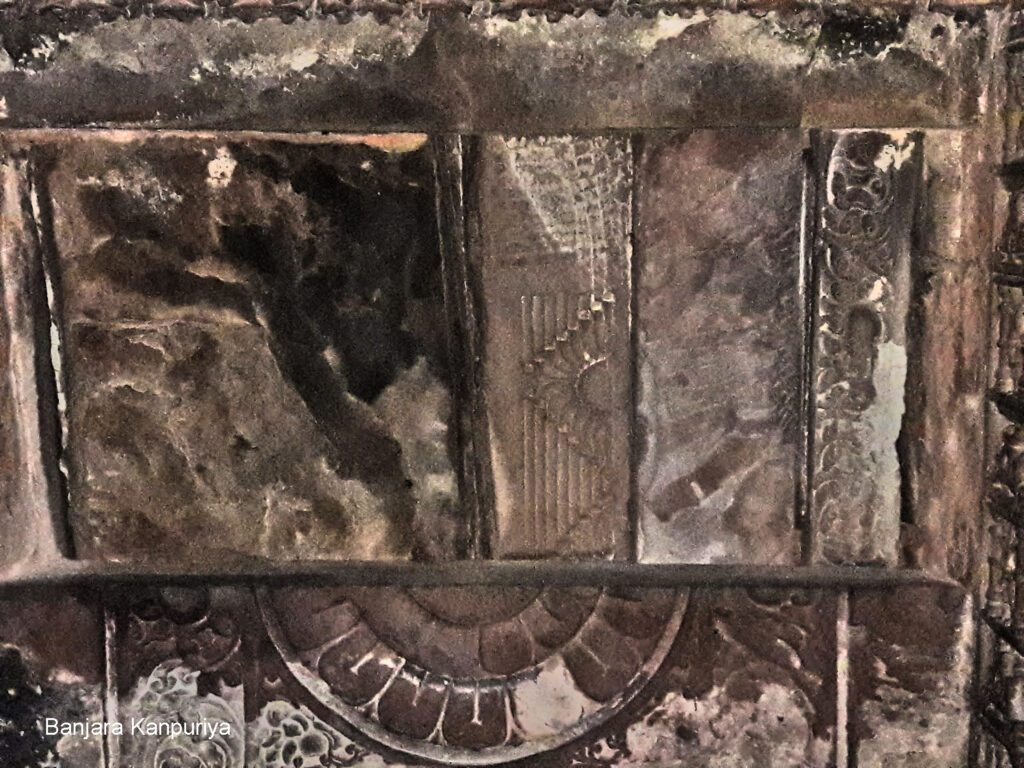
The deity is on a high platform, and there is a narrow space behind it for circumambulation. A piece of wood was attached to the deity, and he mentioned that there was another such piece. Carbon dating conducted by the Archaeological Department confirmed that it is four thousand years old.
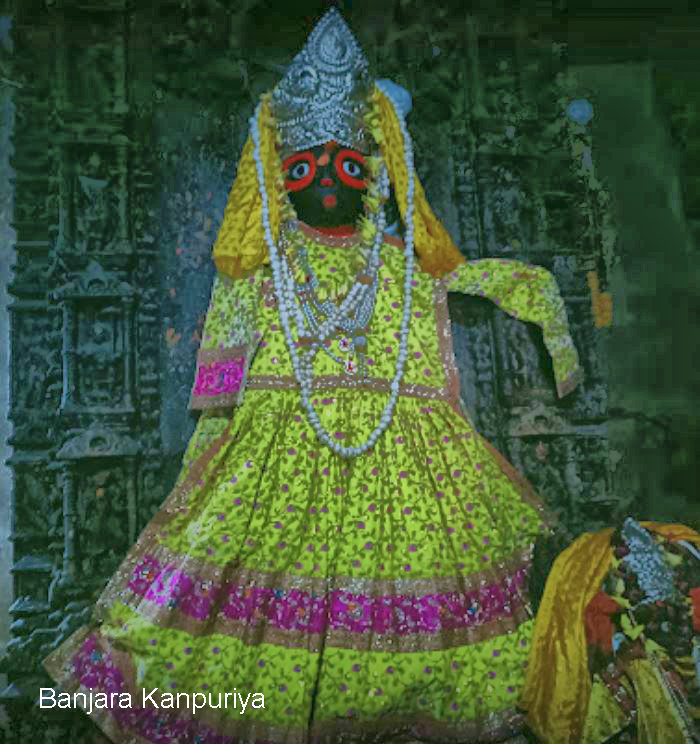
The peacock and wheel symbols hold significance in every religion and might have been constructed for auspicious reasons during the temple’s reconstruction.

Both of the dynasties, The Pratihara and Chandela have constructed numerous temples, showcasing excellent brick art in the Kanpur-Fatehpur region. The Kurtha, Behata, Nibiyakheda, Parauli, Tenduli, Tithaura, and Kurari temples are examples of such brick art. It is understandable that if a stone temple was damaged, bricks were used as a replacement.
Determining the exact period of the temple’s construction has proven challenging, as the locals say, the temple is about 4200 years old, but the facts tell otherwise. The Archaeological Survey of India (ASI) estimates the temple to be nearly a thousand years old, although it is believed that the original structure may have been different. Over time, the temple has undergone reconstructions, with the outer structure collapsing and being rebuilt. The current form, with its pyramid-like shape and thick walls, showcases the ingenuity and resilience of those who have preserved this historical treasure.
Beyond Weather Predictions: Spiritual Significance
While the Monsoon Temple’s weather-predicting abilities have garnered attention, it also holds immense religious and spiritual significance. Dedicated to Lord Jagannath, a form of Lord Vishnu, the temple attracts devotees seeking blessings for well-being and prosperity. Throughout the year, the temple hosts various festivals and religious ceremonies, drawing a large number of devotees from nearby villages and towns.
The Shadow of Bhitargaon Temple
In close proximity to the Monsoon Temple lies the Bhitar Gaon temple, which holds greater archaeological significance. Bhitar Gaon is home to the oldest surviving brick structure in India, dating back to the 5th century. This remarkable discovery has overshadowed the Monsoon Temple of Jagannath, resulting in limited scholarly attention and research on the latter.
Do you want to know about other Old Temples of Kanpur? Click Here.
Uncovering the Monsoon Temple’s Legacy
While the Monsoon Temple of Jagannath in Behata may have been overshadowed by its neighboring Bhitar Gaon temple, it remains a testament to ancient Indian craftsmanship, spirituality, and cultural heritage. Its rich history, unique architectural features, and weather-predicting abilities make it a truly fascinating destination for those seeking to explore India’s hidden treasures.
Join us on a mesmerizing journey as we immerse ourselves in the mysticism and faith surrounding the Monsoon Temple of Jagannath. Discover the profound connection between nature and spirituality, and experience the enchantment that has captivated generations. Embark on this unforgettable adventure and witness the magic unfold in the ancient heartland of Behata.
Note: The Monsoon Temple of Jagannath is a sacred site, and visitors are advised to respect its religious and cultural significance during their visit.
* Photos are only symbolic (Taken from public domain/internet and any copyright infringement is unintentional and regrettable)





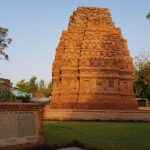
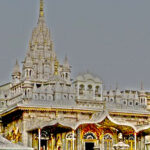
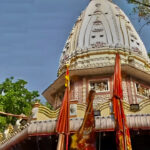
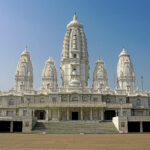


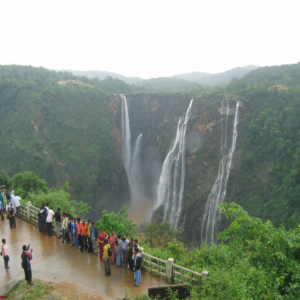


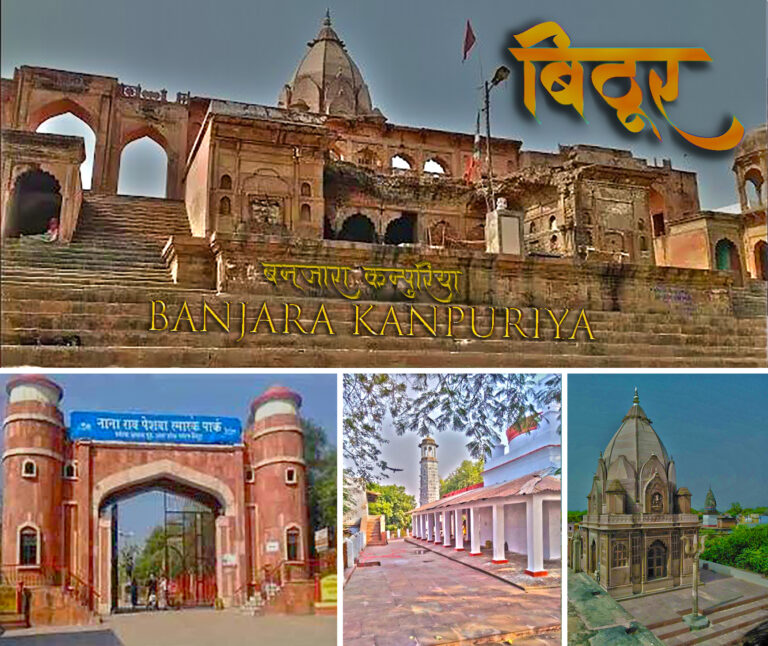


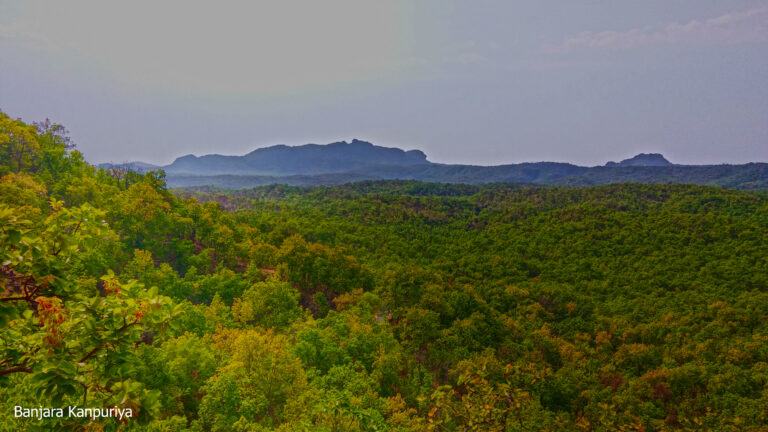

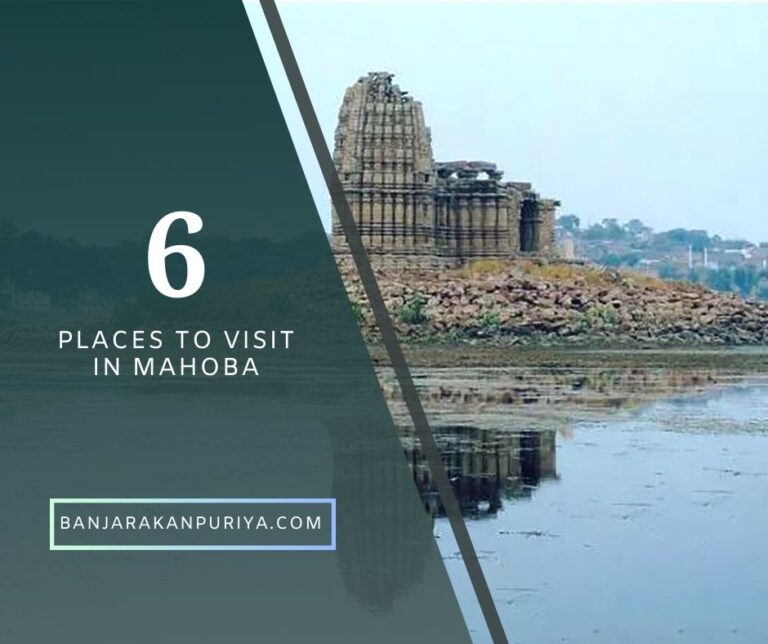




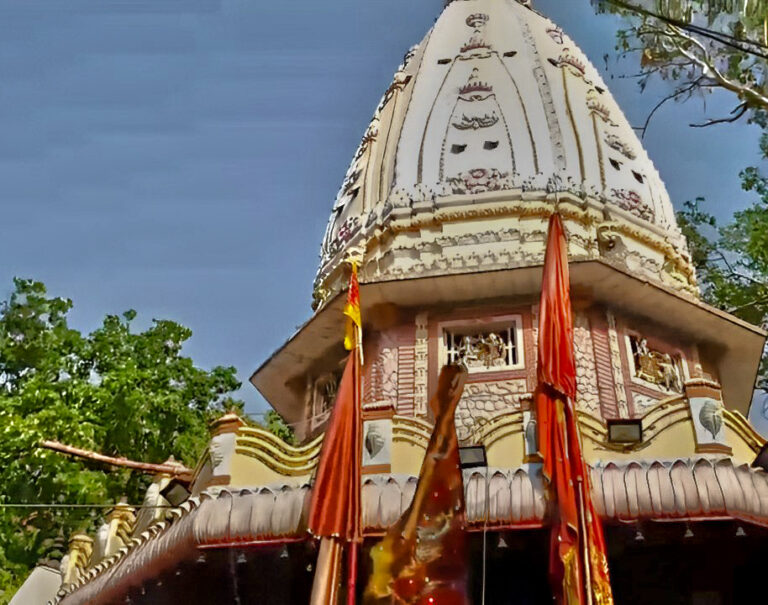
[…] Embark on a voyage with us as we uncover the enigmas and myths that shroud this captivating temple. Click Here… […]
Thank you for the wonderful and rare details of Sri Jagannatha Temple at Behta Bujurg. I greatly appreciate your efforts in bring forth the lost timeless glories of such rare places. Hare Krishna!
Holy Pilgrimages ~ Journey to Holy Dhamas: https://holy-pilgrimages.com/
Thank you Prabhu ji,
Firstly, for time and efforts you gave in reading my blog.
Secondly, for being kind enough for appreciating my content.
Please check my other blogs as well,
Hare Krishna Prabhuji!